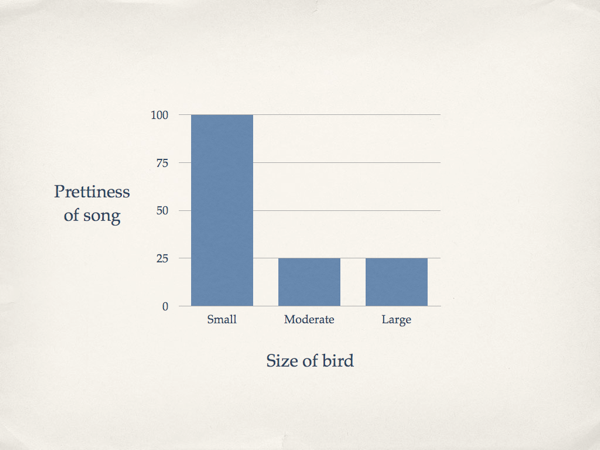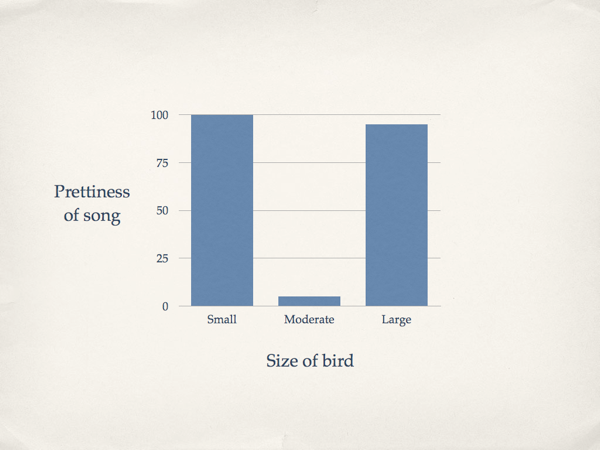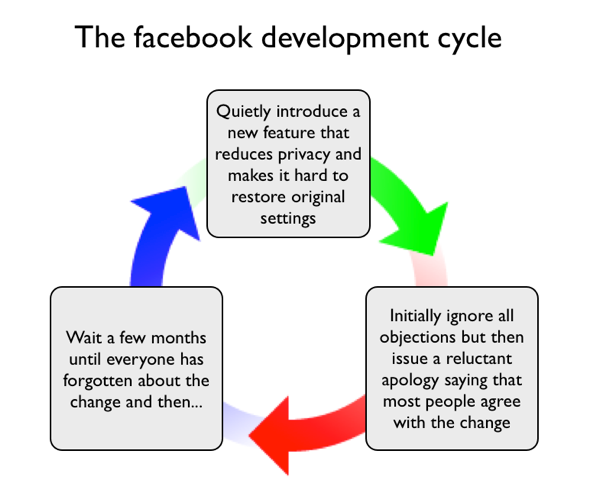Reposted from my older blog that is about to disappear.
The following is a quiz about Davis that I made for a party where we said goodbye to some close friends who are leaving Davis after living here for the last six years. I think 12 was the highest score out of 20. If you use the internet, then you are cheating! Answers are included at the bottom of the post.
1) Which of these streets does not exist in Davis:
A) L St
B) M St
C) N St
D) O St
2) Which of these roads does not exist on campus:
A) N Quad
B) S Quad
C) E Quad
D W Quad
3) The famous ‘Toad Tunnel’ in Davis was built in 1995 to allow toads to cross from south to north Davis. But how much did it cost to build:
A) $1,400
B) $14,000
C) $140,000
D) $1.4 million
4) Prior to prohibition, the Women’s Christian Temperance Union of Davis tried banning the sale of alcohol within a 3 mile radius of campus. This was to prevent the ‘corruption’ of young farming students. They succeeded in getting the state legislature to enact this ban in 1911. When was this ban finally lifted:
A) 1919
B) 1939
C) 1959
D) 1979
5) In 1994 a woman was found guilty of violating Davis’ infamous noise ordinance. What activity was she doing that caused her neighbor resort to calling the police?
A) Sneezing
B) Whistling
C) Snoring
D) Clicking her fingers
6) The name ‘Davis’ wasn’t the first name for our town. It became known as Davis in 1907…what was it known as before that?
A) Davisville
B) Davistown
C) Davisland
C) DavisDavis
7) Before there was UC Davis, there was the University of California University Farm and then the Northern Branch of the College of Agriculture, but when did it become UC Davis?
A) 1957
B) 1958
C) 1959
D) 1960
8) In 2007, a customer was accidentally overcharged for the Pita that they had bought at Pita Pit. How much was the customers credit card charged with?
A) $50
B) $500
C) $5000
D) $50,000
9) On 21st July this year, a woman robbed a bank in Davis. However, she then ran into a problem when she tried making her getaway. What happened?
A) She left the bank to find that her getaway car had been stolen
B) As she left the bank she was robbed by another robber who had independently planned to rob the very same bank
C) Her getaway vehicle was actually a bike and was arrested by the police who found her frantically trying to unlock her bike. Turns out she had forgotten the combination of the lock.
D) She found that she had locked herself out of her getaway car and the police caught her trying to get into it by breaking the window
10) In 1984 the Davis City Council declared the city to be a what?
A) Beard free zone
B) nuclear free zone
C) Republican free zone
D) Parrot free zone
11) After the toad tunnel was built what problem affected the toads that tried using it?
A) They were killed from the heat of lights that had been installed in the tunnel?
B) The tunnel became a home for a population of wild ferrets which ate the toads?
C) Someone forgot to move a temporary concrete wall in the tunnel, so the toads couldn’t use it
D) A large number of toads that were using the tunnel to reach north Davis encountered a large number of toads that were trying to reach south Davis, and they all got stuck.
12) The Davis Police Department produce and distribute trading cards featuring what?
A) Pictures of local police officers
B) Pictures of cars that have been stolen in Davis
C) Pictures of criminals arrested in Davis
D) Pictures of their pet cats and dogs
13) Picture round. What is the name of this sculpture which can be found on the UC Davis campus
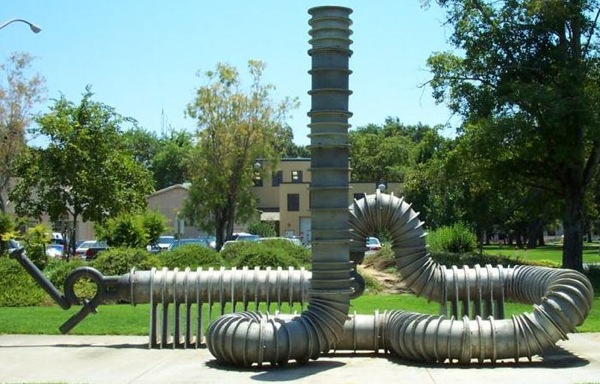
A) Stupid pipe thingy
B) Map of Davis
C) Bum, bum. You’ve been here before
D) Cat, cat, cat, cat, cat, cat, dog!
14) Every March 1st, Davis Farmer’s market observes what important day?
A) National Pig Day
B) National Vegetarian Day
C) National Lactose Intolerance Day
D) National Mountaineering Day
15) What is the Social Sciences and Humanities Building on the UC Davis campus better known as?
A) The Moonbase
B) Battlestar Galactica
C) The Death Star
D) The Starship Enterprise
16) David Pyles, is a post-doc in the UC Davis Biometeorology program but how is he better known?
A) Scooby Doo - he dresses in full Scooby Doo costume on the first day of every month
B) Tarzan Guy - he regularly dresses as Tarzan while walking about Davis
C) The Beard - he claims to have the longest beard in Davis (it is below his waist)
D) Fluffy toes - he wears pink fluffy slippers *all* the time
17) In 1870, what was the approximate population of Davis?
A) 4
B) 40
C) 400
D) 4,000
18) In July 2003 what was found in a dumpster at Slatter’s Court Mobile Home Park on Olive Drive?
A) 25 lbs of stolen cheese
B) 58 lbs of stolen bacon
C) 93 lbs of stolen yogurt
D) 157 lbs of stolen human body parts
19) Which country keeps it’s diplomatic mission to the California State Government based in Davis?
A) Mexico
B) Paraguay
C) New Zealand
D) North Korea
20) In 2006, someone erected an April Fool’s Day sign in Davis that proclaimed that *what* was coming to Davis soon?
A) A Super Walmart store
B) A maximum security prison
C) A nuclear waste processing facility
D) An amusement park that would have a Richard Nixon theme
Scroll down to see the answers.
The Answers
All answers were taken from http://daviswiki.org so I make no claims as to their actual veracity (c) Andy Jones
1) Which of these streets does not exist in Davis:
A) L St
B) M St
C) N St
D) O St
2) Which of these roads does not exist on campus:
A) N Quad
B) S Quad - This side of the quad is flanked by Peter J. Shields Avenue
C) E Quad
D W Quad
3) The famous ‘Toad Tunnel’ in Davis was built in 1995 to allow toads to cross from south to north Davis. But how much did it cost to build:
A) $1,400
B) $14,000
C) $140,000
D) $1.4 million
4) Prior to prohibition, the Women’s Christian Temperance Union of Davis tried banning the sale of alcohol within a 3 mile radius of campus. This was to prevent the ‘corruption’ of young farming students. They succeeded in getting the state legislature to enact this ban in 1911. When was this ban finally lifted:
A) 1919
B) 1939
C) 1959
D) 1979 - I guess this is when Picnic Day celebrations started getting a little out of hand
5) In 1994 a woman was found guilty of violating Davis’ infamous noise ordinance. What activity was she doing that caused her neighbor resort to calling the police?
A) Sneezing
B) Whistling
C) Snoring
D) Clicking her fingers
6) The name ‘Davis’ wasn’t the first name for our town. It became known as Davis in 1907…what was it known as before that?
A) Davisville - wonder if Vacaville residents ever considered renaming their city to ‘Vaca’
B) Davistown
C) Davisland
C) DavisDavis
7) Before there was UC Davis, there was the University of California University Farm and then the Northern Branch of the College of Agriculture, but when did it become UC Davis?
A) 1957
B) 1958
C) 1959 - Remember those 50th anniversary celebrations last year?
D) 1960
8) In 2007, a customer was accidentally overcharged for the Pita that they had bought at Pita Pit. How much was the customers credit card charged with?
A) $50
B) $500
C) $5000
D) $50,000
9) On 21st July this year, a woman robbed a bank in Davis. However, she then ran into a problem when she tried making her getaway. What happened?
A) She left the bank to find that her getaway car had been stolen
B) As she left the bank she was robbed by another robber who had independently planned to rob the very same bank
C) Her getaway vehicle was actually a bike and was arrested by the police who found her frantically trying to unlock her bike. Turns out she had forgotten the combination of the lock.
D) She found that she had locked herself out of her getaway car and the police caught her trying to get into it by breaking the window
10) In 1984 the Davis City Council declared the city to be a what?
A) Beard free zone
B) nuclear free zone - and there is still no nuclear-waste reprocessing facility in this town to this day
C) Republican free zone
D) Parrot free zone
11) After the toad tunnel was built what problem affected the toads that tried using it?
A) They were killed from the heat of lights that had been installed in the tunnel? - the lights had to be added to tempt the toads into the tunnel
B) The tunnel became a home for a population of wild ferrets which ate the toads?
C) Someone forgot to move a temporary concrete wall in the tunnel, so the toads couldn’t use it
D) A large number of toads that were using the tunnel to reach north Davis encountered a large number of toads that were trying to reach south Davis, and they all got stuck.
12) The Davis Police Department produce and distribute trading cards featuring what?
A) Pictures of local police officers
B) Pictures of cars that have been stolen in Davis
C) Pictures of criminals arrested in Davis
D) Pictures of their pet cats and dogs
13) Picture round. What is the name of this sculpture which can be found on the UC Davis campus
A) Stupid pipe thingy
B) Map of Davis
C) Bum, bum. You’ve been here before
D) Cat, cat, cat, cat, cat, cat, dog!
14) Every March 1st, Davis Farmer’s market observes what important day?
A) National Pig Day
B) National Vegetarian Day
C) National Lactose Intolerance Day
D) National Mountaineering Day
15) What is the Social Sciences and Humanities Building on the UC Davis campus better known as?
A) The Moonbase
B) Battlestar Galactica
C) The Death Star - that’s no moon!
D) The Starship Enterprise
16) David Pyles, is a post-doc in the UC Davis Biometeorology program but how is he better known?
A) Scooby Doo - he dresses in full Scooby Doo costume on the first day of every month
B) Tarzan Guy - he regularly dresses as Tarzan while walking about Davis
C) The Beard - he claims to have the longest beard in Davis (it is below his waist)
D) Fluffy toes - he wears pink fluffy slippers *all* the time
17) In 1870, what was the approximate population of Davis?
A) 4
B) 40
C) 400
D) 4,000
18) In July 2003 what was found in a dumpster at Slatter’s Court Mobile Home Park on Olive Drive?
A) 25 lbs of stolen cheese
B) 58 lbs of stolen bacon
C) 93 lbs of stolen yogurt
D) 157 lbs of stolen human body parts - Very gruesome. Stolen from the autopsy department at UCDMC as I believe
19) Which country keeps it’s diplomatic mission to the California State Government of California based in Davis?
A) Mexico
B) Paraguay
C) New Zealand - technically it’s in El Macero
D) North Korea
20) In 2006, someone erected an April Fool’s Day sign in Davis that proclaimed that *what* was coming to Davis soon?
A) A Super Walmart store
B) A maximum security prison
C) A nuclear waste processing facility
D) An amusement park that would have a Richard Nixon theme
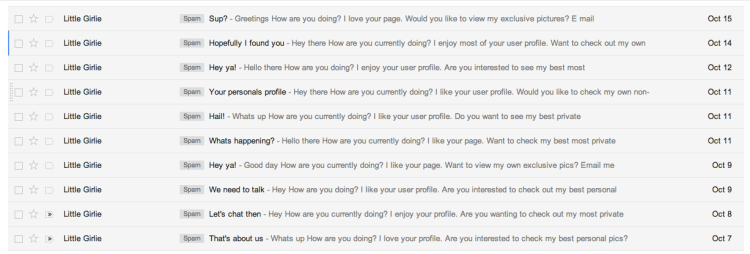




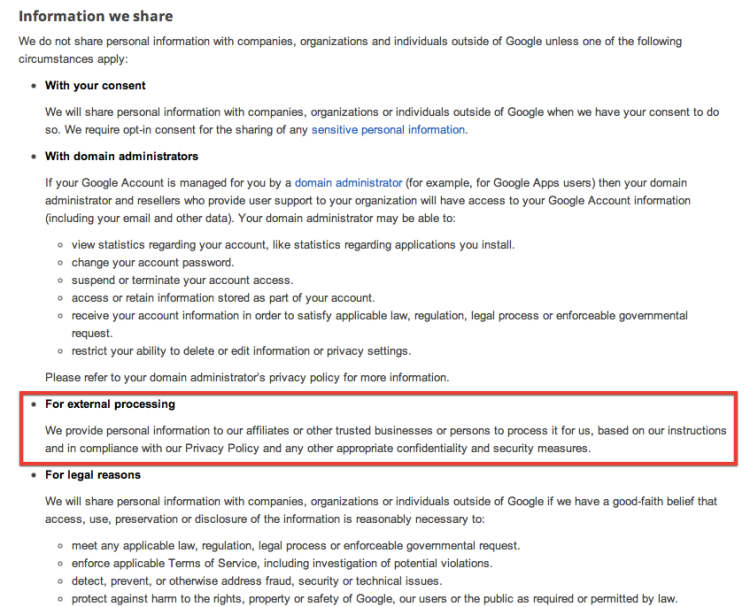
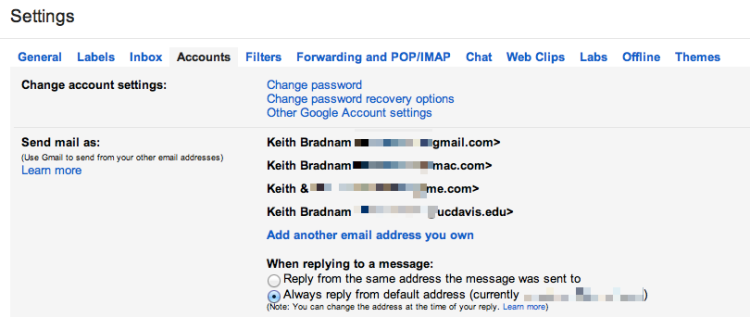
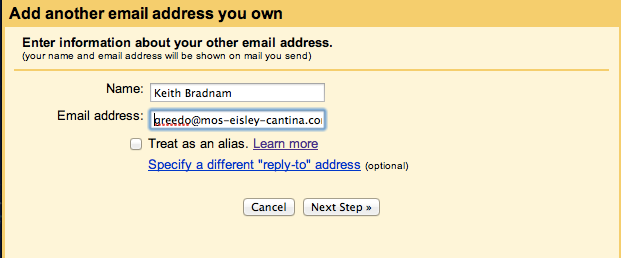
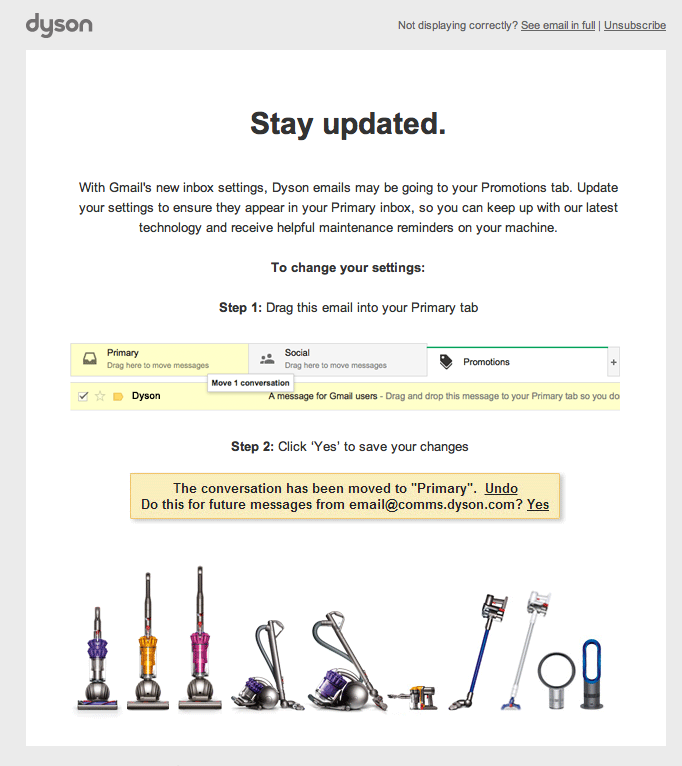

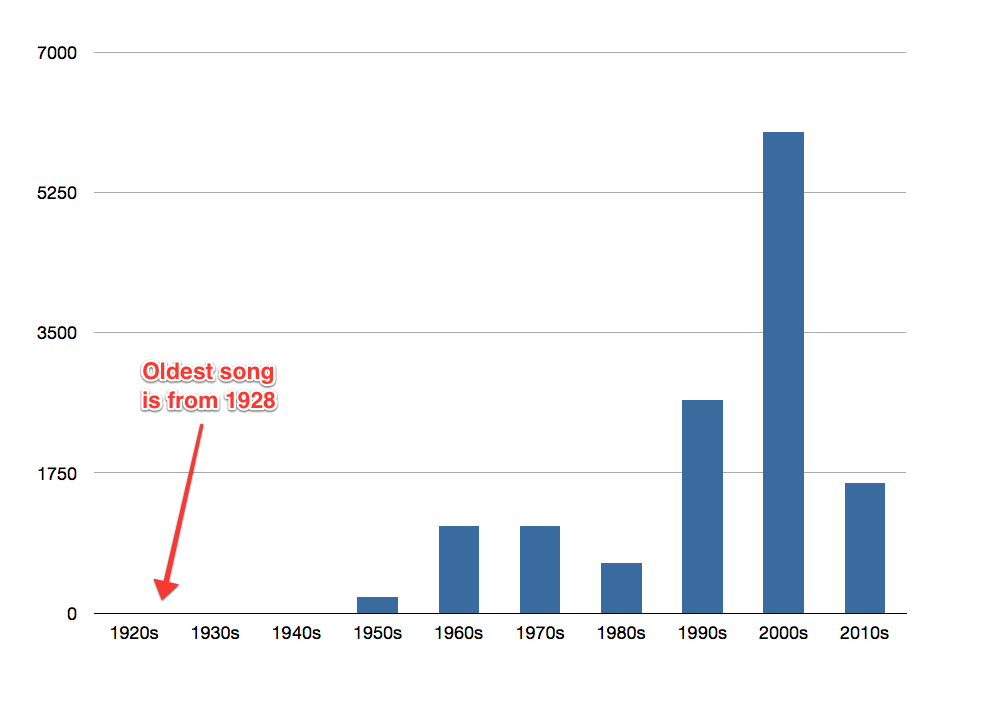

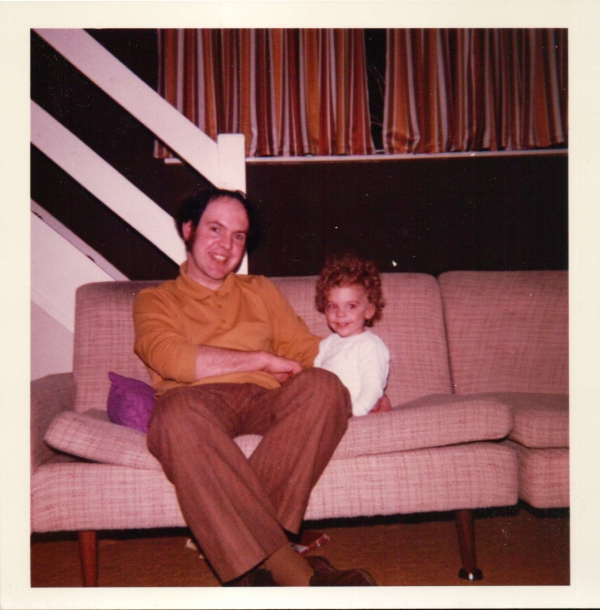
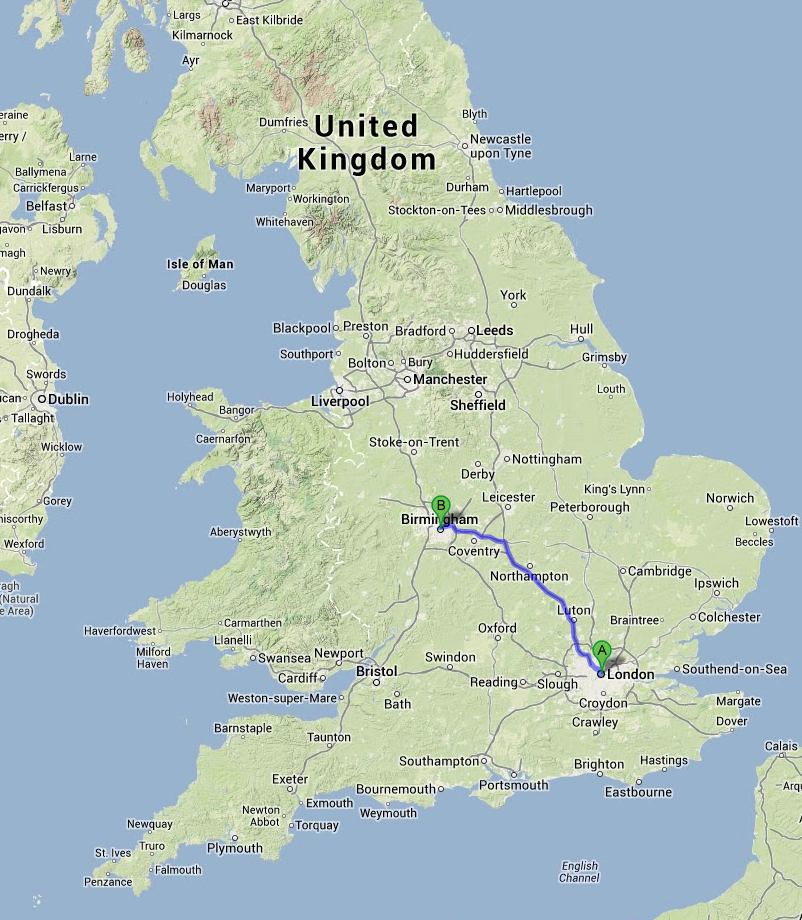
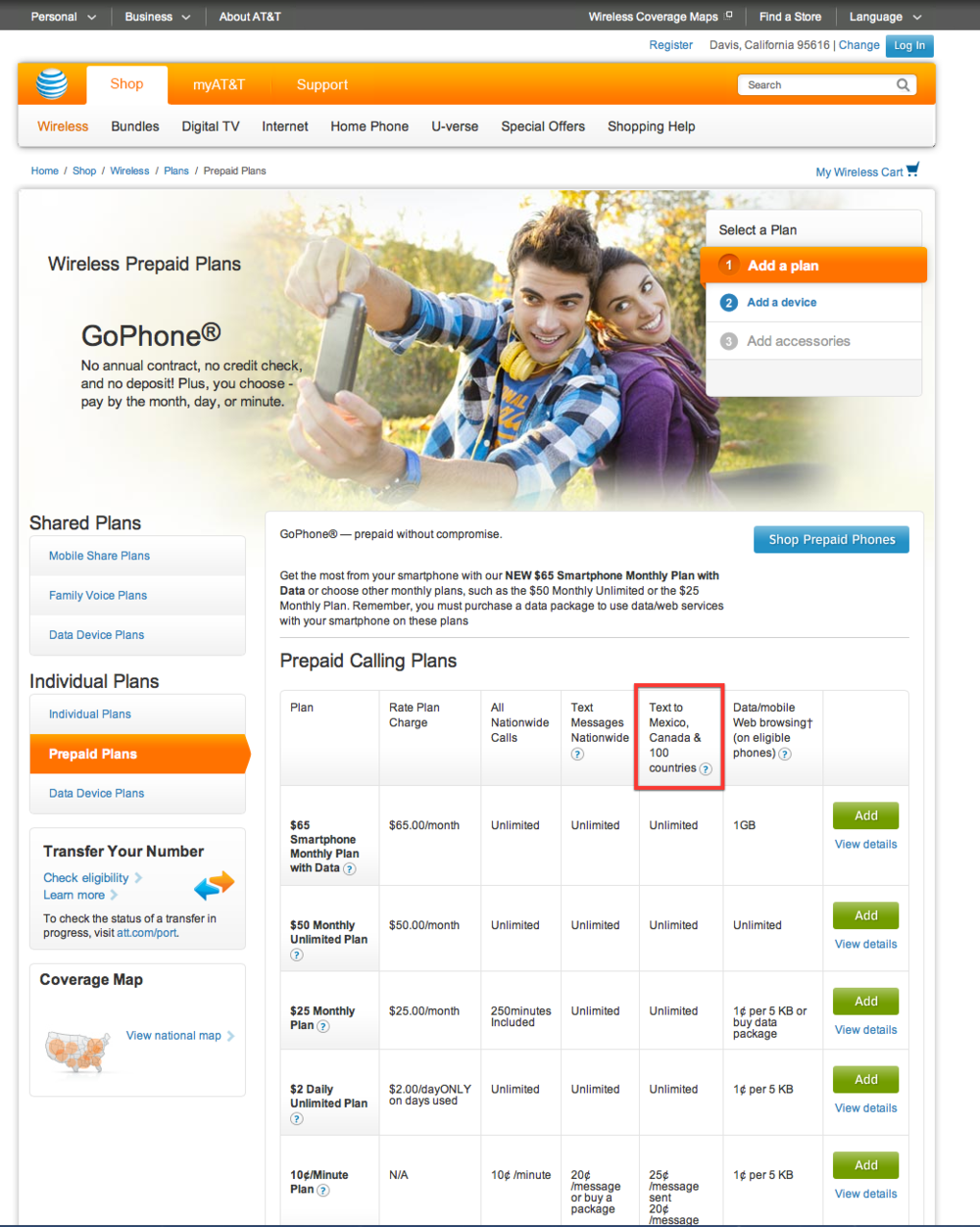


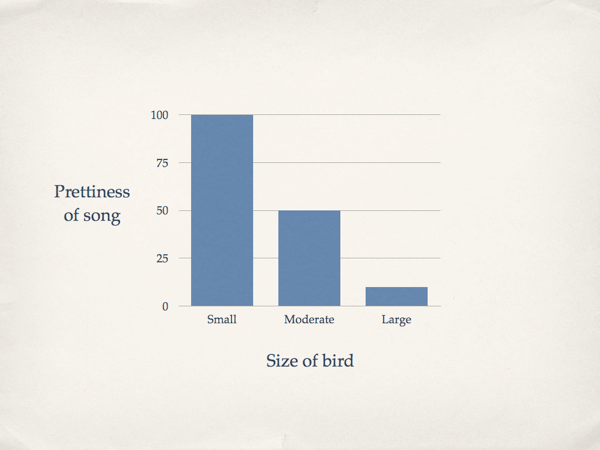 However, as they fail to clarify the nature of the relationship between ‘size of bird’ and ‘prettiness of song’ one could postulate that the following examples also satisfy their description:
However, as they fail to clarify the nature of the relationship between ‘size of bird’ and ‘prettiness of song’ one could postulate that the following examples also satisfy their description: 